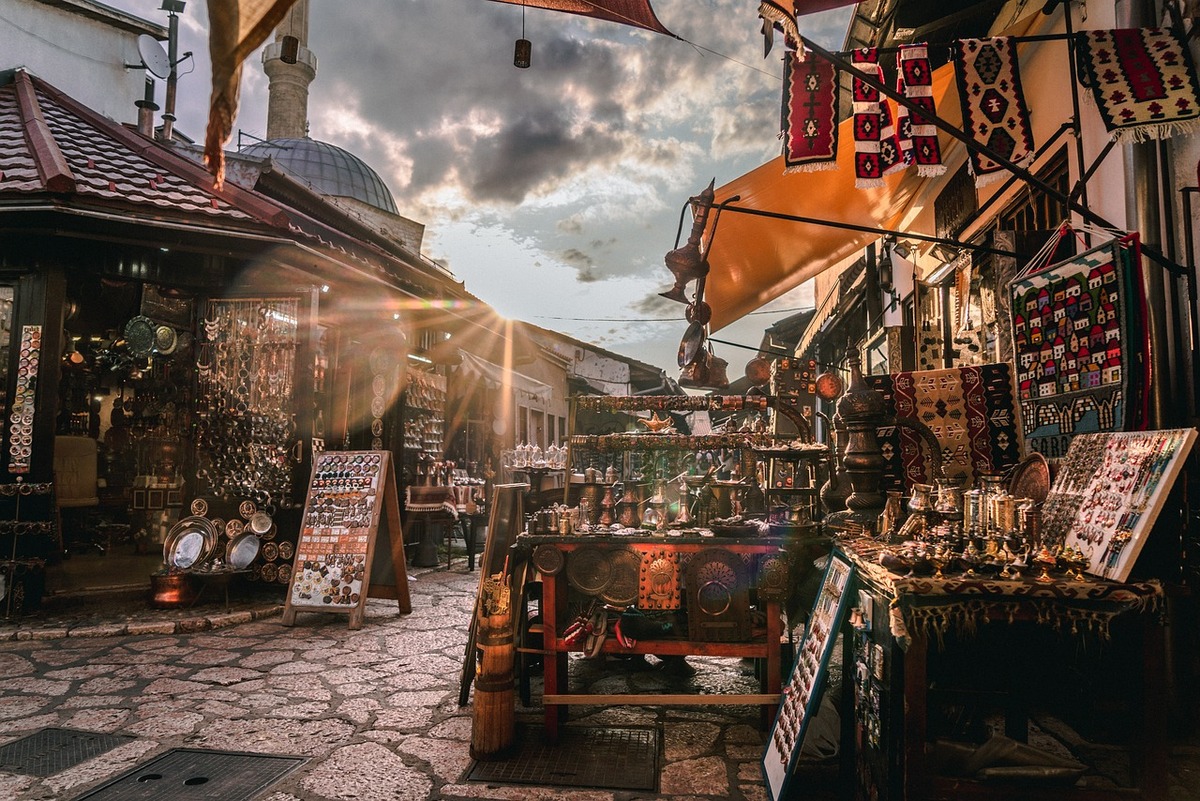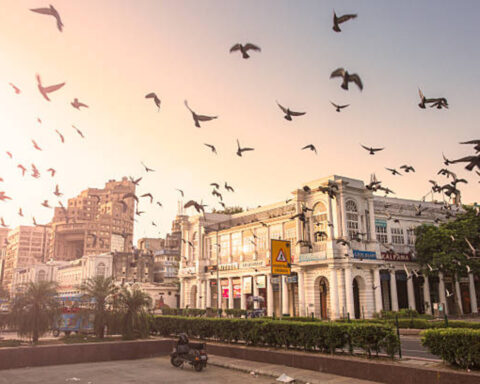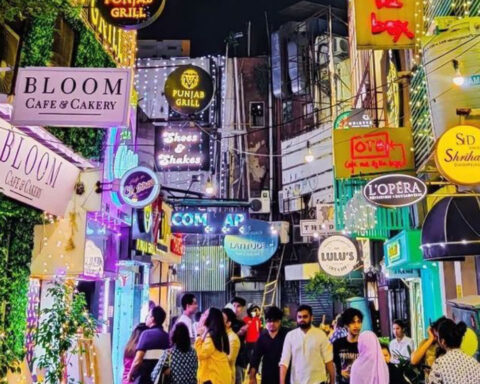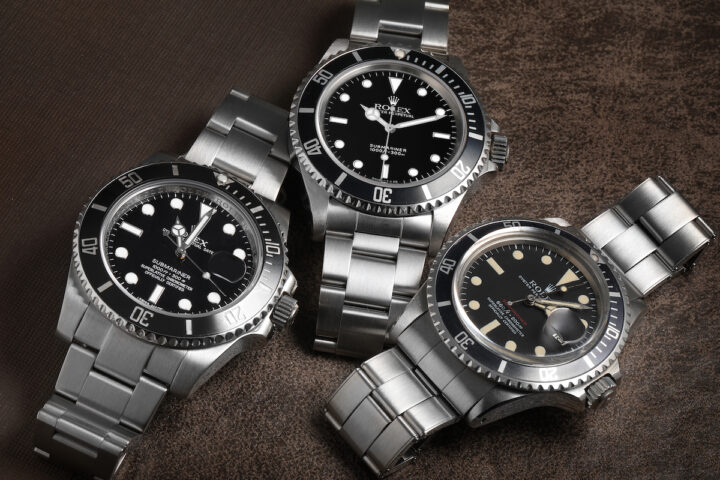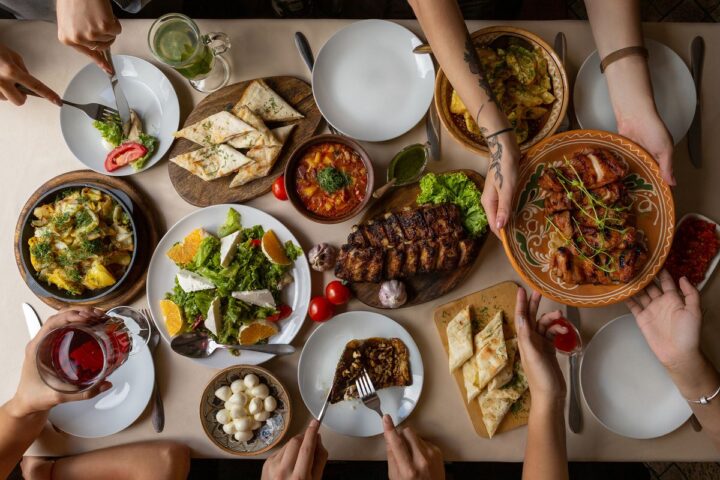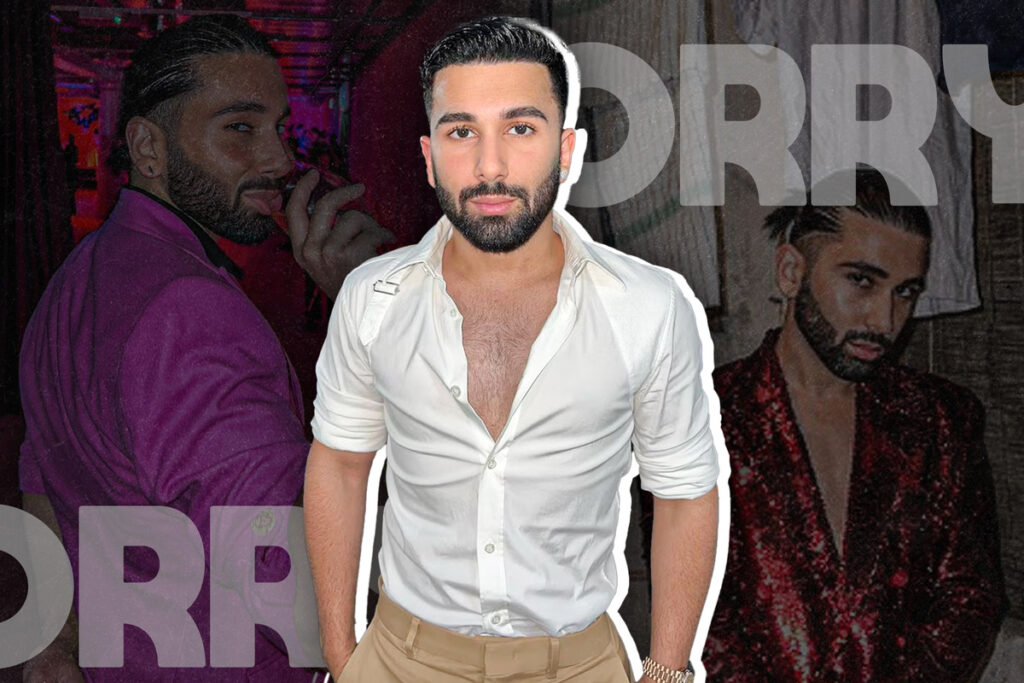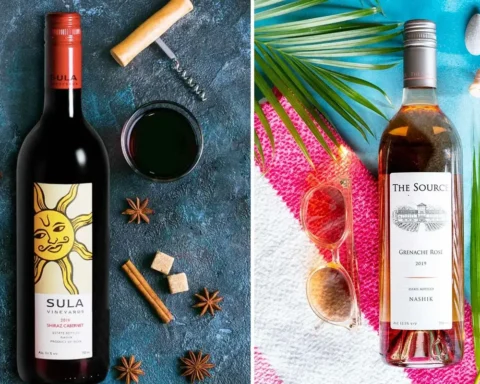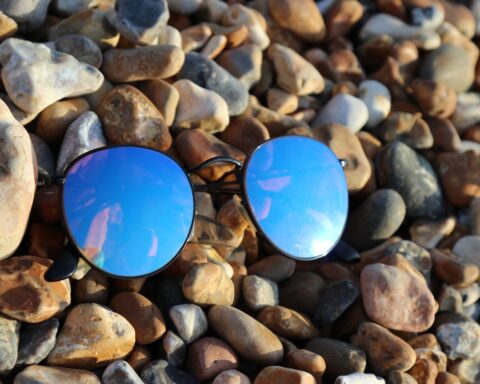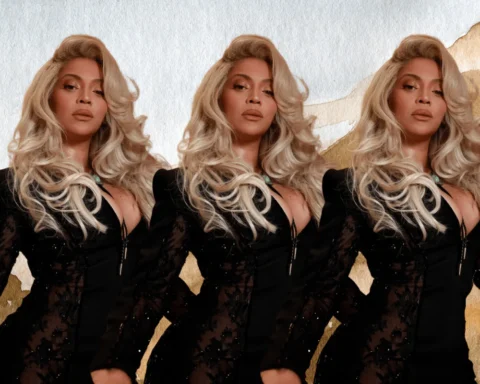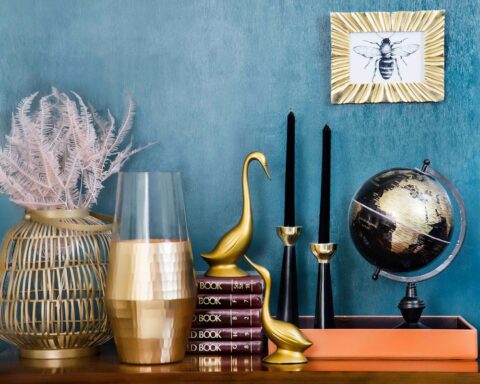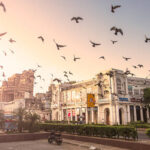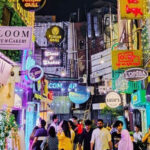Most expensive markets in India are a true reflection of India’s nature. We have listed some of the most expensive markets in India for you. The shopping options in these expensive Indian markets range from traditional handicrafts to high-end luxury items. These Indian markets also cater to visitor’s tastes. Let us explore the most expensive markets in India, where indulgence knows no bounds and shopping becomes a lavish affair.
Also read Beaches In India: Exploring 7 Stunning Secret Shores In India
Seven Most Expensive Markets In India
Khan market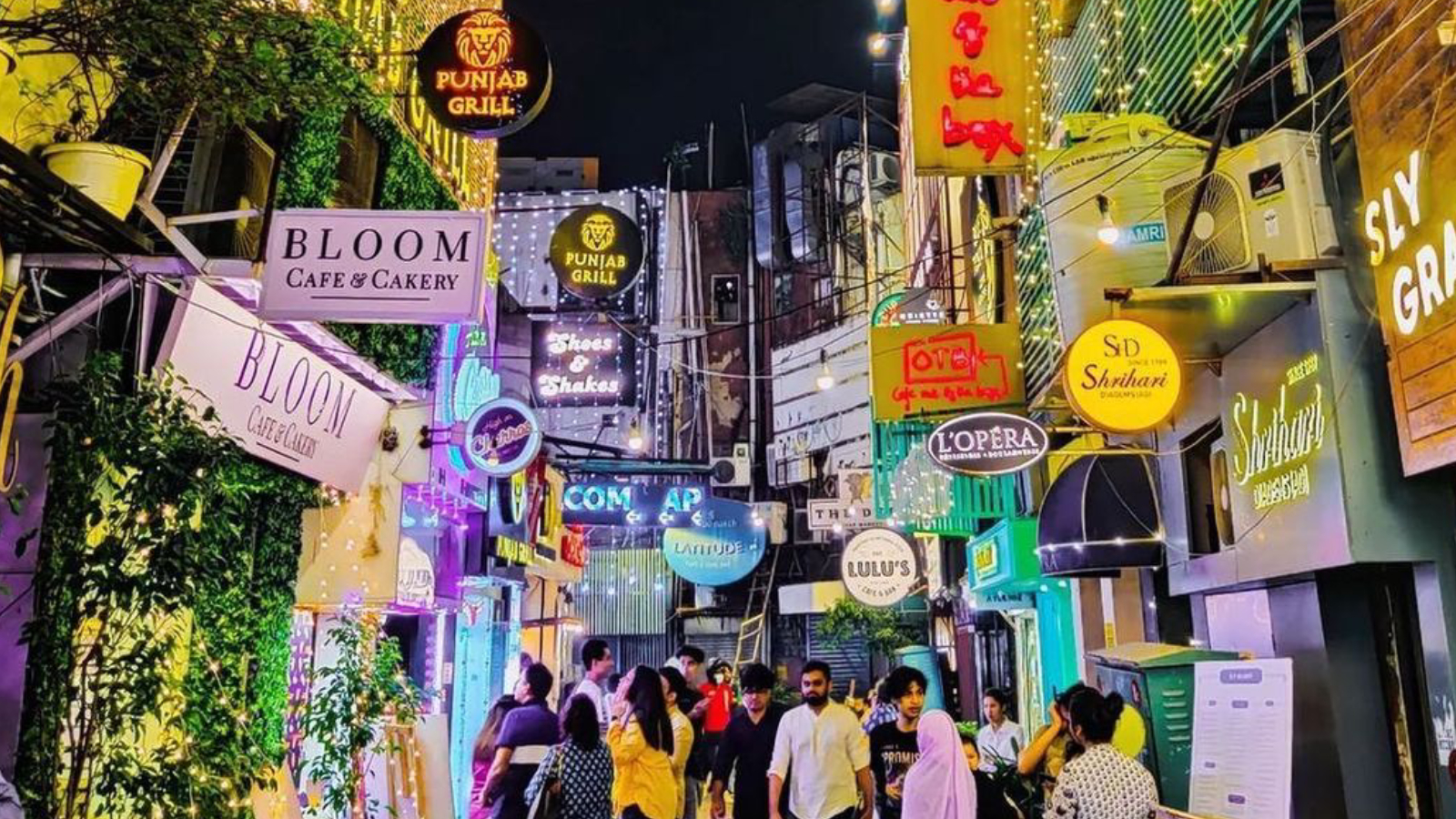
A famous place in New Delhi is Khan Market, it has an upscale vibe and posh area. It looks like this market always contains luxury cars such as BMWs and Mercedes. The Khan Market is a popular hotspot for both shoppers and tourists. Moreover, this place has a variety of stores including bookshops, cafes, boutique shops and showrooms.
Moreover, they also have home decor stores. Additionally, here are some of the most renowned fashion designers that include Ranna Gill. Khan Market was named after one of India’s freedom fighters Khan Abdul Gaffar Khan who was also known as Dr. Khan Sahib.
Also read Khan Market: A Place In Delhi Where Luxury Meets Class
Connaught Place(1).jpg)
Connaught Place is one of the most famous places in Delhi. It is believed to be a reflection of India’s modernity and progress. Connaught place still remains as one of the significant commercial and cultural hubs in the city. Connaught Place has several small shops and stalls serving local people.
Local residents of the places nearby also depend on these businesses for their survival. This shows us the importance of this ongoing economic and cultural centre in Delhi, with special emphasis laid on the role played by small-scale enterprises towards the socio-economic life of Delhi City. However, some individuals believe that this project was intended to remove Delhi’s cultural and historical past, but today, this place invites all age groups coming from different backgrounds.
Connaught Place was constructed during British rule in the early 20th century; it was named after The Duke Of Connaught And Strath Earn, who was a member of The British Royal Family. Robert Tor Russell designed it as an architect in Britain during the 20th century. The central part of Connaught Place is known as Connaught Circle and it lies at its circular layout.
Galleria Market
After Khan Market and Connaught Place, the Galleria market has been ranked as the most expensive market in India and property rental space. Galleria Market is centrally located, and the market is housed in a rectangular building with a stunning promenade-style walkway that encircles it. At the centre of the market is a crowded and decorated central square, where people shop and enjoy a variety of food items.
However, the food stalls in the square offer either minimal or no seating, but people can be seen enjoying their meals while standing outside. Here, you can enjoy the popular Delhiite evening snacks and food that every Delhi person likes to have. Regardless of dumplings or the Chandani chowk style Chaats, you’ll find it all here. The market is a go-to spot for the locals for every category of item—such as medicine, books, stationery, groceries, salons, shoes, clothes, and confectionery.
At the Galleria market, the selection is somewhat limited, but the quality that it offers always remains high. The grocery store Le Marche offers excellent quality and extraordinary service. This spot is also well known due to its easy accessibility. Overall, if you are in Delhi, this place is a great spot for you that you need to add to your must-visit spots.
Flora Fountain, Mumbai
Flora Fountain, located in the heart of South Mumbai, is an ornate architectural monument at the southern end of historic Dadabhai Naoroji Road in the Fort business district. It was built in 1864. The fountain features a beautiful sculpture of the Roman goddess Flora, which cost Rs. 47,000, or 9,000 pounds, and was beautifully crafted over a significant amount at the time.
Originally intended for Victoria Gardens, the fountain is now topped by the figure of Plenty. The history of Flora Fountain dates back to when the Old Mumbai Fort was demolished in 1860 under the direction of then-Governor Sir Bartle Frère to improve sanitation and create more urban space. The Fort, built between 1686 and 1743 by the British East India Company, had three gates (Apollo Gate, Church Gate, and Bazaar Gate), open spaces to prevent fires, and residences.
This place also has a small road called Hornby Road, named after Governor Hornby, who served from 1771 to 1784 and also existed in the Fort area. After the Fort’s demolition, Hornby Road was further extended into a broad avenue, with commercial plots developed on its western side featuring buildings in Neo-Classical and Gothic Revival styles.
Dadabhai Naoroji Road (D. N. Road) became a showcase of colonial architecture, stretching from Crawford Market at the northern end to Flora Fountain at the southern end, forming the impressive Mile Long Road.
Park Street, Kolkata
The history of this road goes back to the year 1760. At that time, Kolkata was known as Calcutta and served as the capital of British India. It has come up with different names over the years— one of them being ‘Burial Ground Road’. As such, Park Street was called Burial Ground Road about 250 years ago. It was not a preferred locality for residence because it had many cemeteries around like the South Park Street Cemetery and the North Park Street Cemetery.
There were two smaller cemeteries on it—one French and One Italian— which were later replaced with offices and schools. Since British times, Park Street has been the ideal place for night recreation in Kolkata. In the seventies and eighties, there would be no place better than this street especially at night, when all other clubs and restaurants could hardly match its popularity though even so it became much more famous after The Park Hotel chain opened its first hotel named The Park Hotel with a whooping one fifty rooms on 1 November1967.
This is why nowadays, it is an important commercial center in its own right while still being one of Kolkata’s most expensive markets owing to its rich cultural heritage unmatched anywhere else in this eastern part of India.
Kemps Corner
Kempes Corner is a fancy neighbourhood in South Mumbai. It is well-connected to the rest of Mumbai through the Kemps Corner Flyover and Nepean Sea Road. Being close to the Mumbai Coastal Road project, it has excellent road transport options that make it easy to access all its local and international visitors. The area has many high-rise buildings and a mix of businesses, as there are a number of markets here.
It is near Malabar Hill to the south and the coastal road network to the west, giving its residents easy access to important parts of Mumbai. This spot is one of the most expensive markets in India because it is near several facilities that aren’t easy to locate. These facilities include top healthcare facilities, including the Asian Cancer Institute & ACI Cumballa Hill Hospital, Healthspring, Healing Hands, and Nava Jeevan Clinics.
There are also good schools, such as Orchids International School and the Digital Marketing Institute Mumbai. The roads are well-maintained, and traffic is pretty decent. Public transport is also very good in Kemps Corner, and the area’s upscale nature gets a lot of attention from city administrators.
Vittal Mallya, Bangalore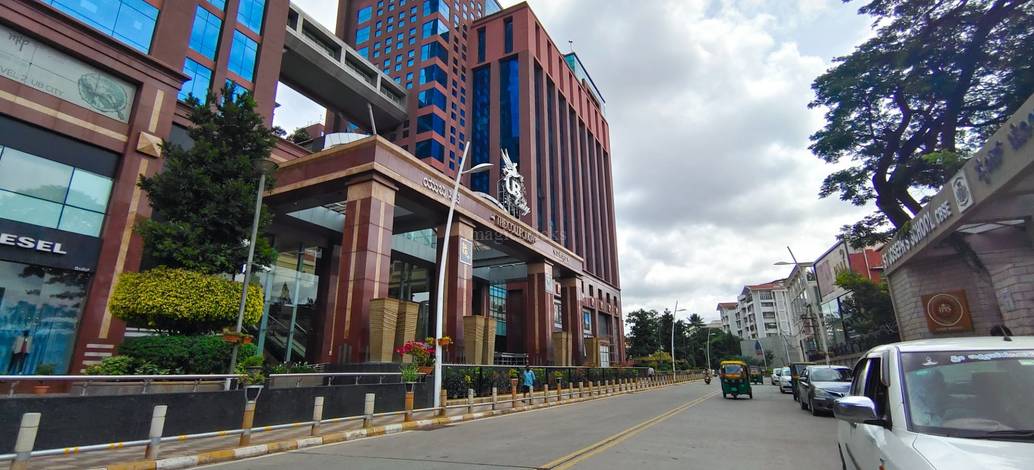
Vittal Mallya Road is a popular shopping area in Bangalore. Some of the best stores in the city are found here, as well as in the upscale City mall located on this road. Here, you will be able to locate stores like Hatworks Boulevard and Cinnamon, which offer exclusive clothing and furniture. The City Mall features stylish bridal and party wear, cosmetics, shoes, casual wear from Fab India, and other accessories. UB City covers 16 lakh square feet and has five blocks: UB Tower, Kingfisher Plaza, Concorde, Canberra, and Comet.
The retail section, known as the Collection, is a major draw with luxury brands like Rolex, Louis Vuitton, Burberry, Canali, and Paul Smith. The mall’s Triple Level Puzzle Parking system can comfortably accommodate over 1500 cars. The open-air food court offers a variety of cuisines from places like Caperberry for modern European dishes, Fava for Mediterranean food, Farzi Cafe for fusion Indian, and Sanchez for Mexican delights, among others.
While strolling on Vittal Mallya Road, Bangalore, besides shopping, there are high-end cafes along the street, such as Toscano, Cafe Noir, Smoke House Deli, The Biere Club, Skyye, Bootlegger, Shiro, Maharaja Bhog, Caperberry, City Bar Restaurant, and Java City.
Final thoughts
From the crowded streets of Mumbai to the lanes of Delhi that are filled with rich historical significance, the most expensive markets in India are a true reflection of luxury, elegance, and extravagance. So, the next time you find yourself in India, make sure to make use of the opportunity to experience these expensive Indian markets.

